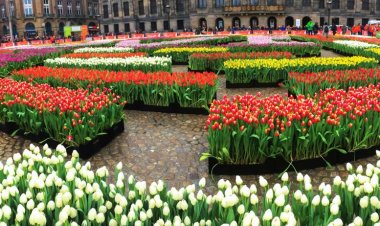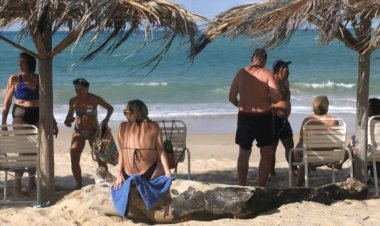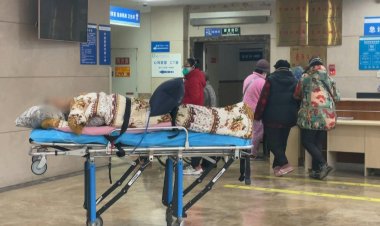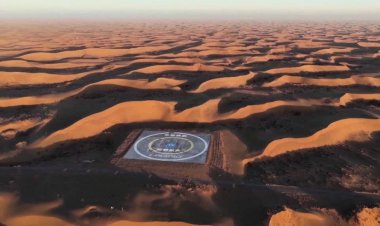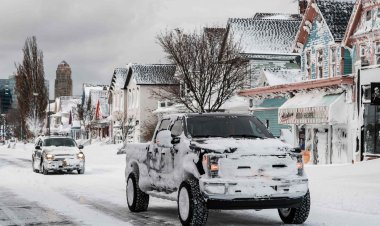Quinamayó: Celebrating Freedom with February Christmas
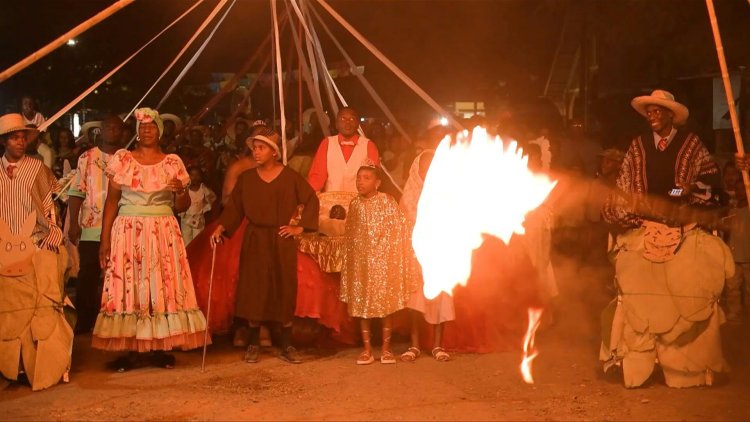
Songs and dances to worship the black Child God and a Christmas celebrated in February: the Afro-Colombian town of Quinamayó celebrates the birth of the Messiah as a cry of "freedom" against slavery that prevented its ancestors from enjoying the Christmas holiday.
The figure of the dark-skinned newborn in a golden cradle is at the center of the festivities in that town in the southwest of the country. For decades, women, men and children dressed in traditional costumes have commemorated Christmas two months later, in the style of their ancestors.
Before the abolition of slavery was put in place in 1852, they were forced to serve their "masters" on December 24, Lucidalia Balanta, one of the 60-year-old dancers,said.
"Serfdom served the masters, so they did not have that facility to celebrate the holiday. Later the slaves became aware" and began to "celebrate Christmas in February as a symbol of freedom," their statement states.
Founded by recently freed former slaves, the town located in the department of Valle del Cauca receives guests from other black towns scattered throughout the Pacific region.
Every year on the third Saturday of February they gather to move their bodies and sing songs that praise the black Child God.
The first settlers arrived there escaping from the old haciendas where they were chained and subjugated. One of the dances consists of dragging one's feet, as if they were still tied, they say.
In Colombia, black communities are, along with indigenous people, the main victims of the prolonged armed conflict, poverty and inequality.
Hundreds of years after the end of slavery, the sisters applaud that people of African descent have gained ground in politics and culture like Francia Márquez, who since 2022 is the first black woman to be vice president of the country.
Despite the 2016 peace pact that disarmed the powerful FARC guerrilla, confrontations continue in Valle del Cauca between rebels from other organizations and the public force.





